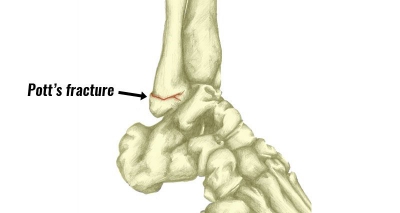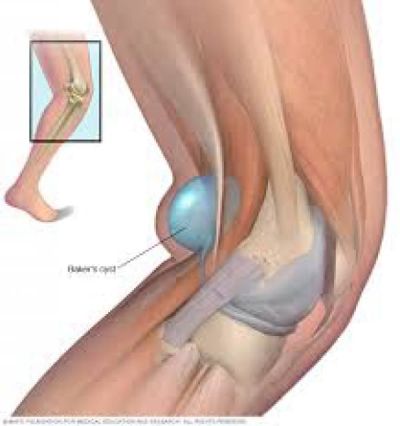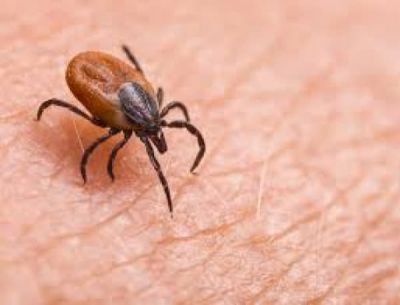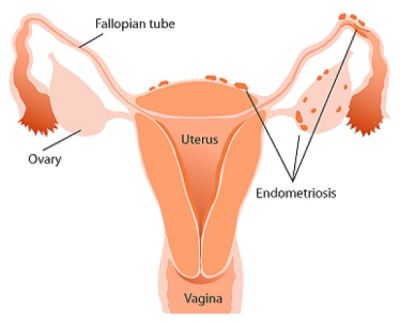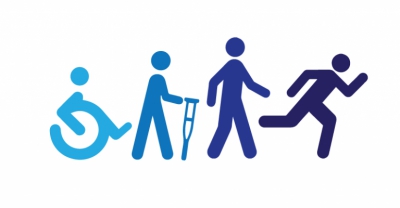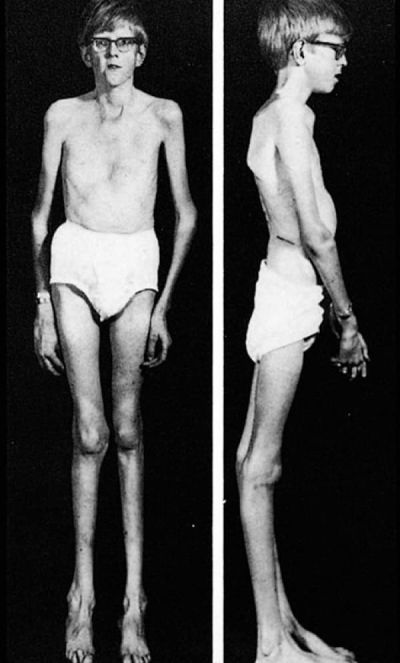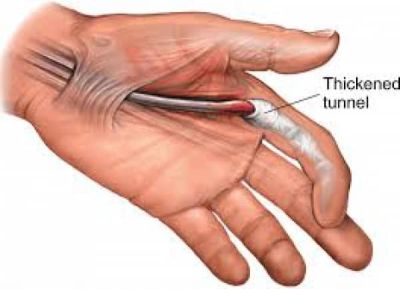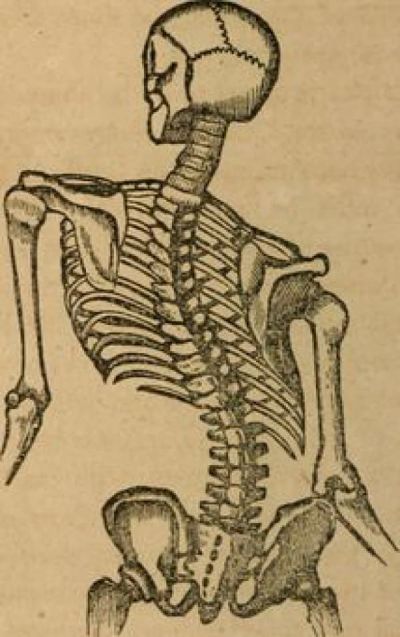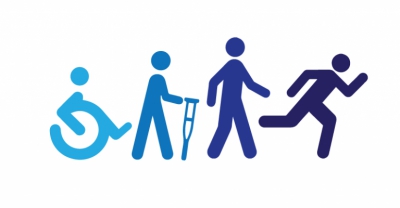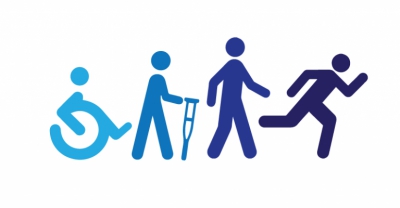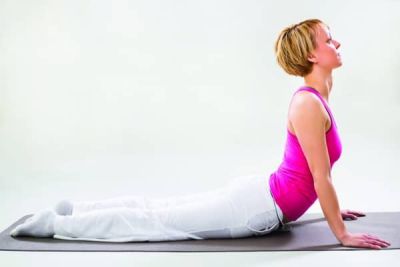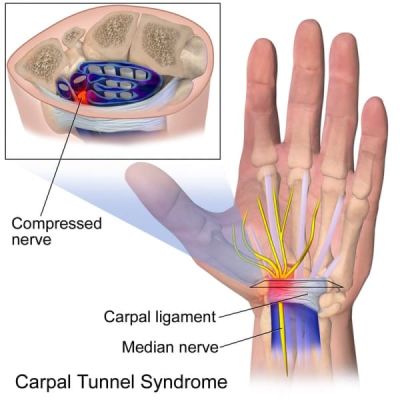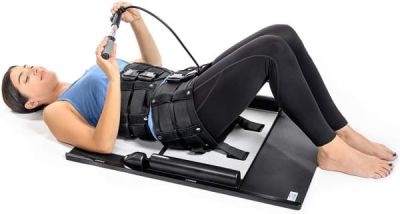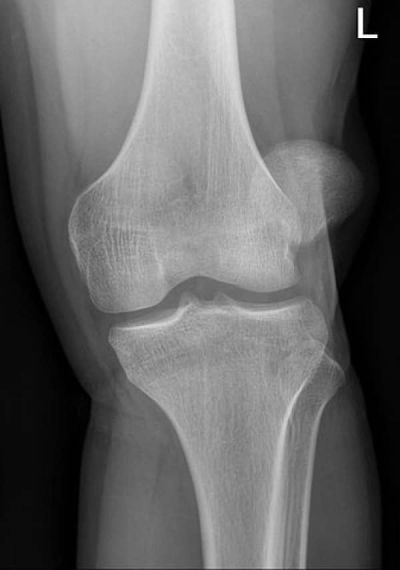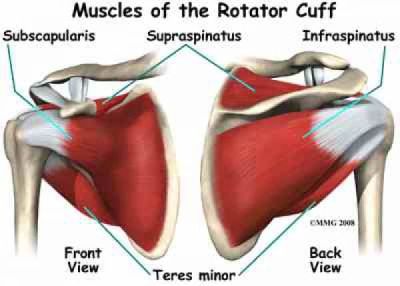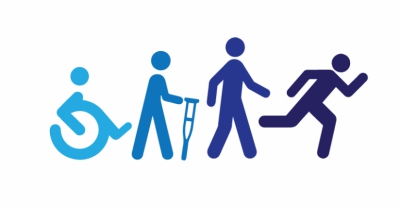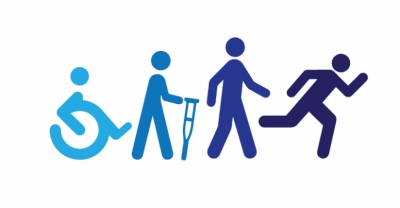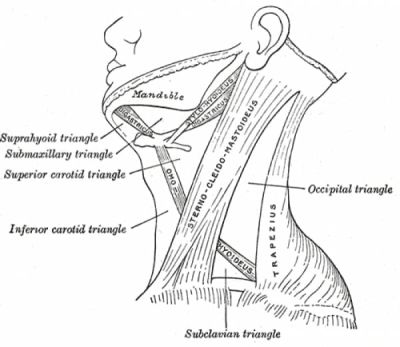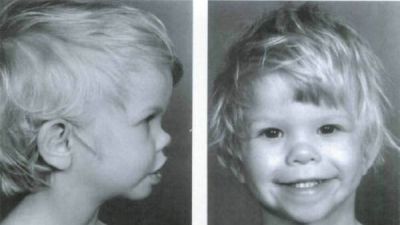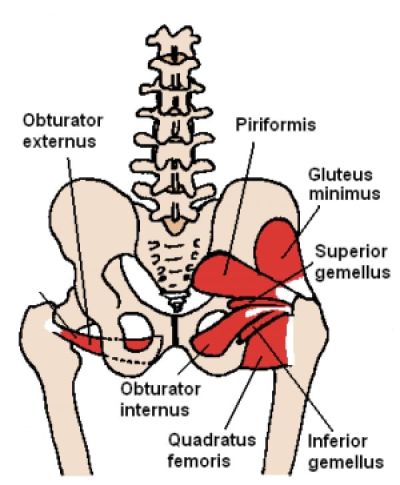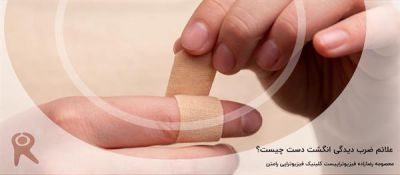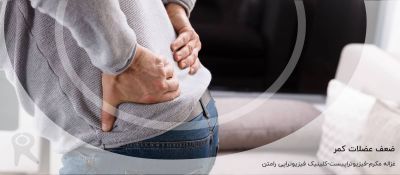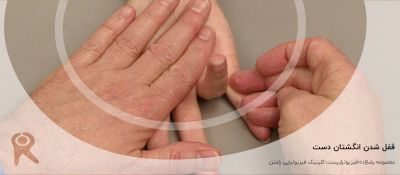اصطلاحات فیزیوتراپی

فیزیوتراپی یا توانبخشی از روش های درمانی عارضه های ارتوپدی و اسکلتی بدن بوده که با به کارگیری تکنیک ها و متدهای مختلف دستی و غیردستی و تمیرنات ورزشی موجب بهبود وضعیت آسیب و عوارض اسکلتی استخوانی نواحی مختلف بدن (پا، دست، سر، گردن، کمر و...) می شوند. پزشکان و متخصصین فیزیوتراپی مانند دیگر متخصصین از اصطلاحات و لغات خاصی استفاده می کنند که هر کدام یا به یک عارضه، مشکل و آسیب اشاره دارد و یا مربوط به تکنیک های درمانی می باشند. اصطلاحات فیزیوتراپی مخصوص فیزیوتراپیست ها و متخصصین ارتوپدی می باشد و ممکن است پزشکان با تخصص های دیگر نیز این اصطلاحات را نشناسند. افراد عادی نیز معمولا چیزی از این اصطلاحات نمی دانند و حتی گاهی پیش می آید که درمورد روش درمان و یا خود عارضه ایجاد شده اطلاعی نداشته و از لغات اشتباهی برای تعریف عارضه و درمان خود استفاده کنند. اگر شما نیز مایل هستید بیشتر در مورد این اصطلاحات و علم فیزیوتراپی بدانید و مانند متخصصین ارتوپدی و فیزیوتراپی بتوانید از اصطلاحات صحیح، مناسب، علمی و تخصصی استفاده کنید، همراه ما باشید. در این بخش شما را با اصطلاحات رایج و کاربردی فیزیوتراپی آشنا خواهیم کرد.
Lateral ligament injuries or inversion injuries are perhaps one of the most common sporting injuries seen by physiotherapists, especially in jumping sports (e.g. basketball, volleyball). They are usually a result of a forced plantar flexion/inversion movement, whereby the complex of ligaments on the lateral side of the ankle is torn by varying degrees.
A Popliteal cyst, better known as a Baker’s cyst, is a swelling filled with fluid that is located in the popliteal fossa region.Ganglia which are benign cystic tumors, originate from synovial tissue. It can occur mostly at the wrist, hand, foot, and knee which is known as popliteal cyst.
Lyme disease or Lyme borreliosis is the most commonly transmitted tick-borne infection in the United States and among the most frequently diagnosed tick-borne infections worldwide.
Endometriosis is a female reproductive disorder which affects the lining of the uterus, otherwise known as the endometrium. This estrogen-dependent disorder is defined by the presence of endometrial tissue outside of the uterus and becomes apparent after the start of menses.
For these tests, several names are used such as ballottement patellae, patellar tap, effusion test, fluid wave test, fluid displacement test, bulge, wipe and stroke test. At the time of writing, these tests were not documented in RCTs or other articles therefore the sources of the information in this article are academic textbooks.
Marfan syndrome is a genetic disorder of the connective tissue affecting most notably the skeletal system, cardiovascular system, eyes, and skin, among other body systems. Due to the widespread role of connective tissue throughout the body, individuals with Marfan syndrome may be at risk for many potentially severe or lethal co-moribidities as a result of the disease process.
Each digit of the hand has the ability to move freely throughout a full ROM into flexion and extension. The efficiency, fluidity, and forcefulness of such movement is made possible by several "pulleys" along each digit of the hand. These pulley systems are comprised of a series of retinacular-type structures that are either annular or cruciform in nature.There are five annular pulleys (A1-A5) and three cruciform pulleys (C1-C3).
Scoliosis is a three-dimensional deformative abnormality of the spine. Scoliosis is defined by the Cobb's angle of spine curvature in the coronal plane, and is often accompanied by vertebral rotation in the transverse plane and hypokyphosis in the sagittal plane. These abnormalities in the spine, costal-vertebral joints, and the rib cage produce a ‘convex’ and ‘concave’ hemithorax. The rotation component starts when the scoliosis becomes more pronounced. This is called a torsion-scoliosis, causing a gibbus.
Compartmental Syndrome is defined as a critical pressure increase within a confined compartmental space causing a decline in the perfusion pressure to the tissue within that compartment. The increase in interstitial pressure occurs within the Osseo-fascial compartment.This syndrome is a condition that can appear in many parts of the body: foot, leg, thigh, forearm, hand, buttocks etc.
The McKenzie method is a classification system and a classification-based treatment for patients with low back pain. A acronym for the McKenzie method is mechanical diagnosis and therapy (MDT). The McKenzie method was developed in 1981 by Robin McKenzie, a physical therapist from New Zealand. He passed away in 2013.
Carpal tunnel syndrome (CTS) is the most common peripheral nerve entrapment worldwide. The general trend for this condition is progressive worsening, although spontaneous regression of symptoms is possible. Patients can be diagnosed quickly and respond well to treatment but the best means of integrating clinical, functional, and anatomical information for selecting treatment choices has not yet been identified.
Lumbar traction is the process of applying a stretching force to the lumbar vertebrae through body weight, weights, and/or pulleys to distract individual joints of the lumbar spine. The word traction is a derivative of the Latin word "tractico", which means "a process of drawing or pulling, and various forms of spinal traction have been described, since the time of Hippocrates, for the relief of pain.
A patellar dislocation occurs by a lateral shift of the patella, leaving the trochlea groove of the femoral condyle. This mostly occurs as a disruption of the medial patellofemoral ligament.
The Rotator Cuff (RC) is a common name for the group of 4 distinct muscles and their tendons, which provide strength and stability during motion to the shoulder complex. They are also referred to as the SITS muscle, with reference to the first letter of their names (Supraspinatus, Infraspinatus,Teres minor, and Subscapularis, respectfully). The muscles arise from the scapula and connect to the head of the humerus, forming a cuff around the glenohumeral (GH) joint.
Tension-type headaches (TTH) are the most common type benign headache. They can affect all aspects of one’s life including work, school, and home life.
Diabetic neuropathy is the most common complication of Diabetes Mellitus (DM), affecting as many as 50% of patients with type 1 and type 2 DM. A large American study estimated that 47% of patients with diabetes have some peripheral neuropathy.
Sternocleidomastoid (SCM) (synonym musculus sternocleidomastoideus) is a paired superficial muscle in the anterior portion of the neck. The sternocleidomastoid muscle (SCM) is an important landmark in the neck which divides it into an anterior and a posterior triangle. This muscle binds the skull to the sternum and clavicle.It protects the vertical neurovascular bundle of neck, branches of cervical plexus, deep cervical lymph nodes and soft tissues of neck from damage.
William’s Syndrome was first recognized as a unique disorder in 1961. J.C.P. Williams observed in four patients an association between supravalvular aortic stenosis and the common physical and mental characteristics of this patient population and stated that it “may constitute a previously unrecognized syndrome”. Later, A.J. Beuren described eleven new patients with the characteristics described by Williams and the disorder became known as Williams-Beuren Syndrome.
Piriformis is a flat muscle and the most superficial muscle of the deep gluteal muscles. It is part of the lateral rotators of the hip (obturator internus, superior and inferior gemelli, quadratus femoris, obturator externus, and gluteus maximus). It leaves the pelvis through the greater sciatic notch, until its fixation reaches the superior margin of the greater trochanter.It has a pyramidal shape that lies almost parallel with the posterior margin of the gluteus medius.
تماس سریع
شعبه مطهری: تهران، خیابان مطهری، بعد از قائم مقام فراهانی، خیابان فجر (جم)، کوچه مدائن، پلاک 20، ساختمان پزشکان ماهان، طبقه 3
02188492776شعبه شهرک غرب: تهران، شهرک غرب، فاز 1، خیابان ایران زمین، نبش خیابان گلستان جنوبی، پلاک 2
02188082255 02188078570شماره تماس 5 رقمی:
02141857محبوب ترین مطالب
مطالب پیشنهادی
طراحی شده توسط گروه طراحی و توسعه وب سایت رویال مدیا

